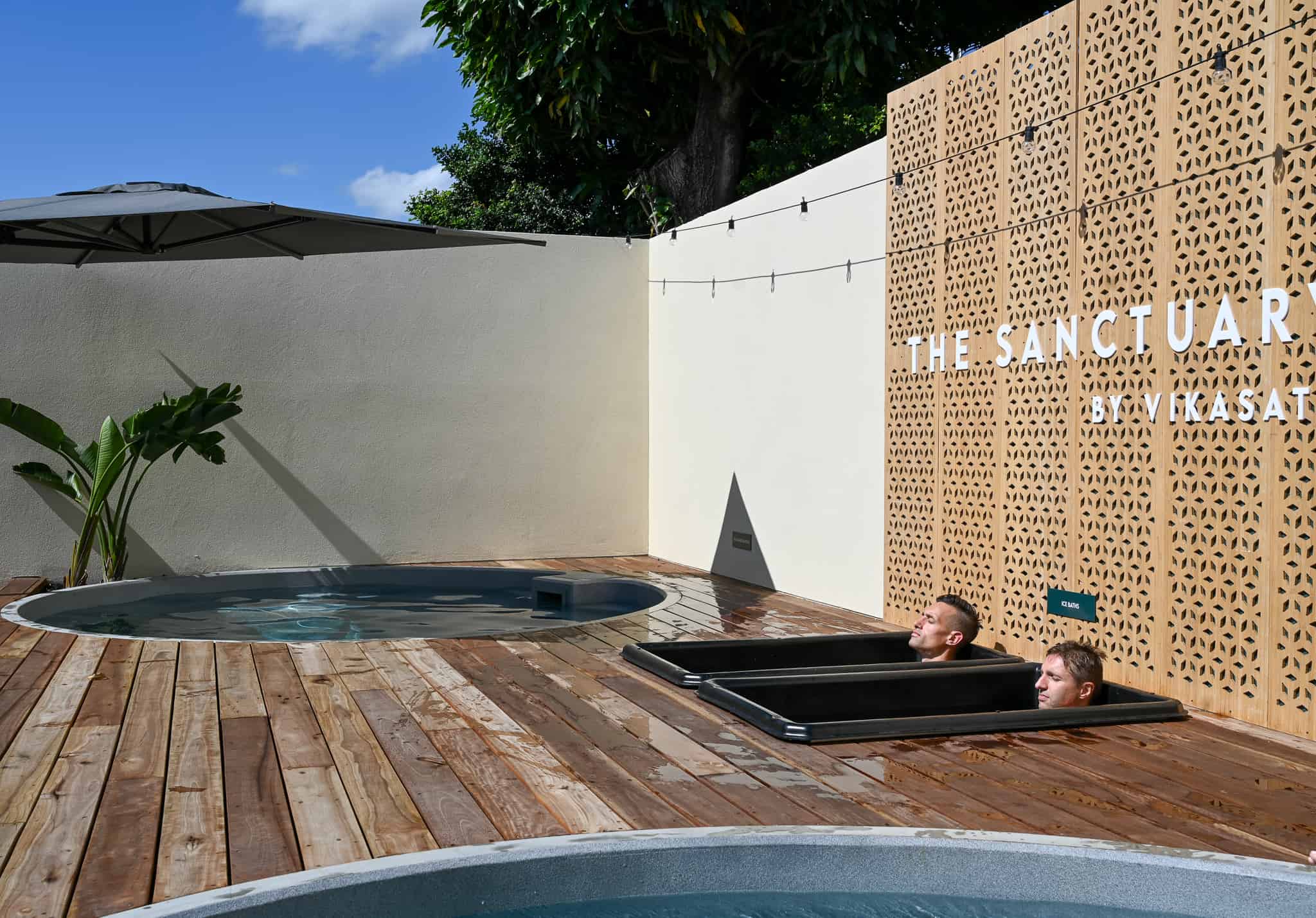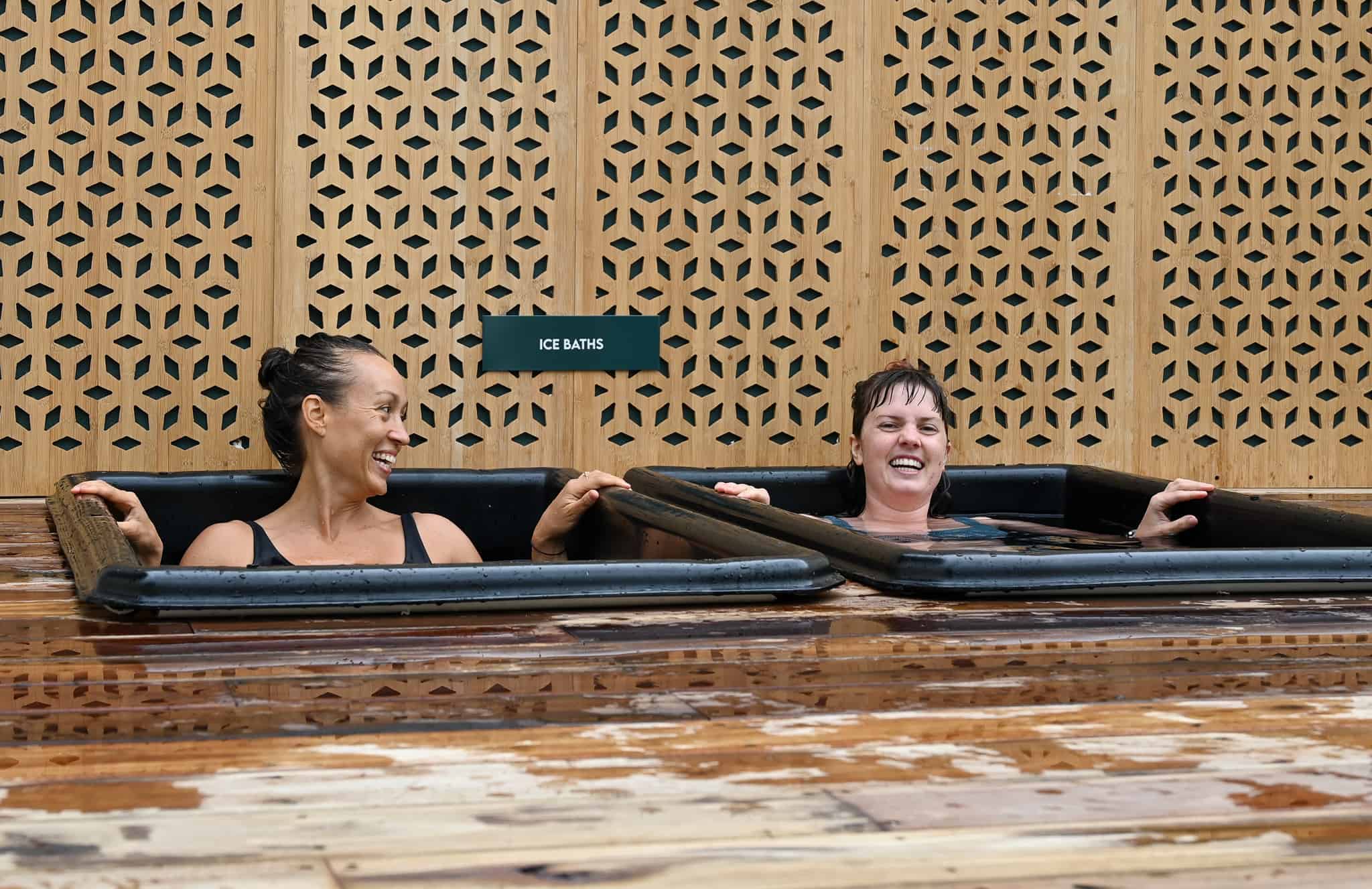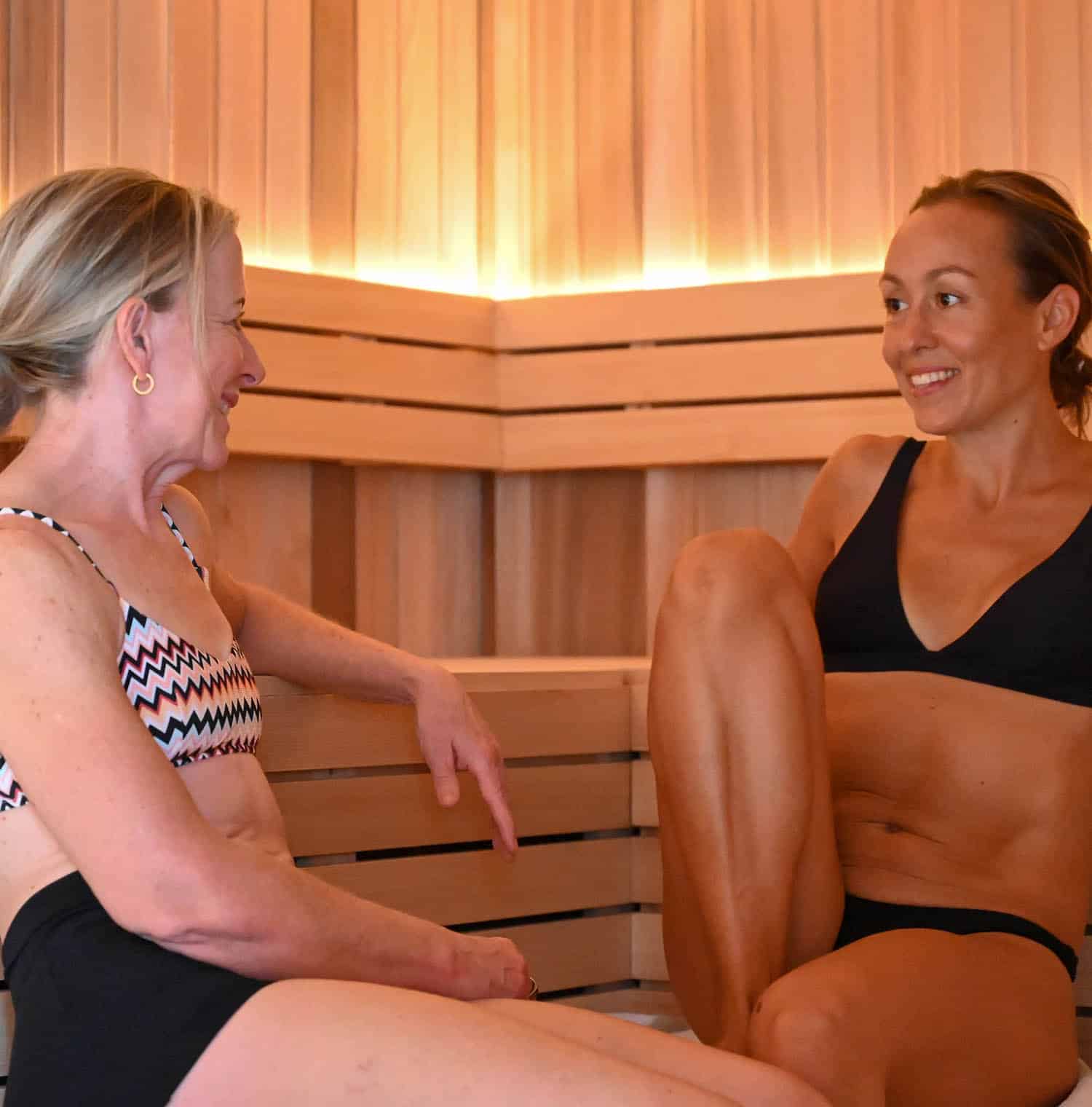Have you been thinking about doing an ice bath? You’ve probably heard lots of other people raving them and you’re wondering what all the fuss is about.
From an old Viking tradition all the way to 2024 wellness enthusiasts, the ice bath is an age-old remedy that’s chilling its way into modern recovery practices.
In this blog article we’ll explain the benefits, what you can expect and how you can try one for yourself.
When Did Cold Water Immersion Become A Recovery Method?
Tracing back centuries, cold water immersion, known in various cultures as cold therapy or cryotherapy, was embraced by ancient civilisations such as the Greeks, Romans, and Egyptians for health and spiritual purification.
In Scandinavia, Vikings regarded it as a rite of passage, and in Japan, it became integral to the onsen and samurai traditions.
The 19th century’s scientific advancements legitimised its therapeutic value, paving the way for the 20th century when athletes began adopting ice baths for recovery and performance enhancement.
Ice Bath’s Rise in Popularity
The modern allure of ice baths is a culmination of their rich history and the scientifically acknowledged benefits.
Prominent figures like Wim Hof have brought the practice into mainstream awareness as they document the impact it has on their physical health, mental toughness and emotional resilience.
As a result, ice baths have become a symbol of resilience and recovery, particularly within the athletic community.
Athletes at all levels have embraced ice baths, integrating them into their recovery routines to decrease inflammation, reduce muscle soreness, and speed up the healing process.
Beyond sports, the wellness industry has recognised the holistic benefits of ice baths, incorporating them into spa and health centre offerings. The contrast between hot and cold therapies, such as following a sauna session with an ice bath, has been particularly popular for its rejuvenating effects.

Ice Bath Benefits
Delving into the benefits, ice baths offer more than just a bracing chill:
Reduction of Muscle Soreness: Post-exercise, ice baths help alleviate the soreness caused by micro-tears in muscle fibres and inflammation, offering relief and decreasing the perception of pain.
Improved Muscle Recovery: They aid in the repair of tissues by managing the inflammation process, which is essential after strenuous physical activity.
Boost to Immune System: Regular exposure to cold water may increase white blood cell count, playing a vital role in fighting off illness and bolstering the body’s defences.
Metabolic Rate Increase: Warming up after an ice bath can temporarily boost the metabolic rate, contributing to metabolic health.
What To Expect Before, During, & After An Ice Bath
The initial shock to the system is followed by gradual acclimatisation. During the bath, the body experiences vasoconstriction, which can be mentally and physically challenging but ultimately beneficial.
Post-bath, as the body warms, increased blood flow aids in recovery and rejuvenation.
Beginner Ice Bath Tips
For newcomers, embarking on the ice bath journey can be both exhilarating and intimidating.
Here are some expanded tips to help beginners get started:
Temperature and Time: For your first few ice baths, aim for a water temperature between 7-15 degrees Celsius. Start with a duration of just 1-3 minutes. As you get more comfortable with the cold, you can slowly increase your time up to 10 minutes, but it’s crucial not to rush this process.
Ease Into It: Don’t jump in all at once. Start by immersing your feet, then slowly lower the rest of your body into the water. This gradual approach helps your body adjust to the temperature change and can reduce the initial shock.
Breathing Techniques: Focus on your breath. It’s natural to start with rapid, shallow breathing due to the cold shock. Try to transition to slow, deep breaths. Controlled breathing not only helps to manage the cold but also calms the mind.
Staying Still or Moving: While it might be tempting to move around to generate warmth, try to stay as still as possible. Movement can increase the perception of cold. If you must move, do so slowly and deliberately.
Consistency is Key: Regular practice will help your body adapt more quickly. Try to be consistent with your ice bath routine, whether it’s once a week or after specific workout sessions.
Remember, the goal is not to endure extreme discomfort but to introduce your body to the benefits of cold therapy in a safe and controlled manner.
What To Do After Taking An Ice Bath
After exiting the ice bath, focus on gradual rewarming and light activity to encourage blood flow. Proper nutrition and hydration can further enhance the recovery benefits.
Listen to your body and adjust your routine based on how you feel after the bath.
After a few minutes you’ll likely feel fantastic!
How Often Should You Take Ice Baths?
The frequency of ice baths should be personalised to each individual’s training routines, recovery needs, and tolerance.
It’s most common to take an ice bath after intense physical exertion to aid recovery.
Beginners should start with less frequent ice baths to see how their bodies react and gradually increase the frequency as they become accustomed to the cold.
Chill Out at Vikasati: Your Ice Bath Experience Awaits
If you’re ready to explore the benefits of ice baths, come visit us at Vikasati today. We offer the ultimate cold therapy experience that reduces inflammation, eases muscle soreness, and promotes recovery after intense physical activity.
At Vikasati, we’re all about fostering a sense of belonging and community. Our bathhouse in Brisbane is the first of its kind in the area.
So grab your friends and book in today for a refreshing dive into well-being.








